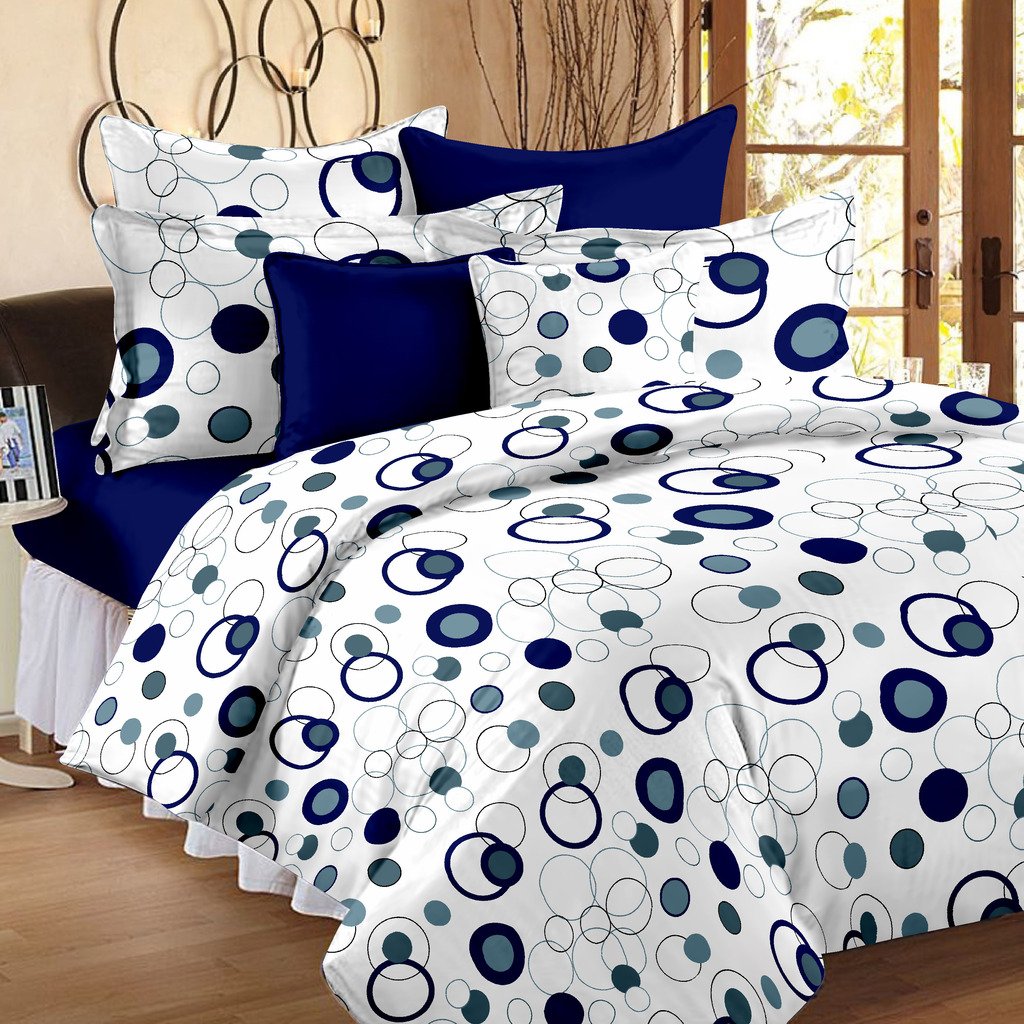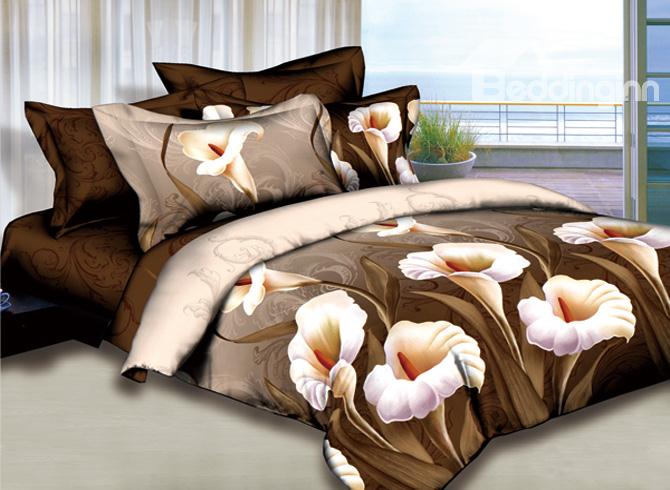The Most Important Factor In The Feel of Cotton Bed Sheets Is Thread Count!
For a long, long time, all beds were covered with simple cotton sheets. Cotton still remains the most common and most popular type of linen. However, many new fabrics have become available since the days of only Egyptian cotton bed sheets, and they are often significantly cheaper and more comfortable than their traditional cotton counterparts. Polyester bed sheets, for example, have the advantage of price (as polyester is almost entirely synthetic). However, the most important factor in the feel and luxury of bedding material is the thread count.
Bed sheets are almost exclusively made of woven cloth (as opposed to furs or hides). The thread count is the number of threads there are in a square inch of the finished fabric. This includes the threads that run in both directions. Thread counts vary widely from product to product and sheets with different counts can be good for different purposes.
Higher Thread Counts Make For Softer, More Luxurious Fabrics
The more threads there are per square inch in a piece of bedding, the less space there is in the material. The less space there is in the material, the more continuous the fabric is on the skin. The more continuous the fabric is, the softer it feels. High quality silk sheets, for example, are often made with very very high thread counts. The material itself is thin and soft, but the higher thread count is what gives the soft feeling we associate with silk or satin bedding. The main drawback to higher thread count materials comes in durability. Anyone who has ever owned high-count silk clothing knows this all too well. With more threads per square inch and less space between the individual fibers, there is much less tolerance for stress. For this reason, it is not recommended to use exceedingly high thread count bedding in kid’s bedding. A certain height of thread count is of course advisable for softness, but anything to excess can become a problem.
Lower Thread Counts Make For Tougher, Warmer Fabrics
Materials with a lower thread count suffer from one very obvious disadvantage. As we already know, higher thread counts make fabrics feel softer. Well, conversely, bedding with a lower thread count feels course and rough. However, despite this disadvantage, there are a few major positive qualities in tougher fabrics. Material with a lower thread count is composed of much thicker threads, and for this reason it is much more durable. Also, the lack of the microscopic gaps between threads makes for better heat preservation. This is the reason that most heavy blankets are made with lower thread counts and feel rough and course. However, many sports team logo bedding items are made of synthetic fleece that is very warm and comfortable.
For Most Purposes, You Should Strike a Balance
While everyone appreciates a comfortable, soft bed sheet, no one wants expensive bed sheets that tear easily. Also, while everyone likes a nice warm blanket on a cold winter’s day, no one wants a rough, course, and uncomfortable piece of cotton over them as they sleep. For this reason, most people should select bed sheets that strike a delicate balance between too high and too low of a thread count. Standard cotton fabric generally has a thread count of around one hundred forty to one hundred sixty. Higher quality cotton or polyester usually has a thread count of at least 180. When a piece of fabric (usually cotton or polyester) reaches a thread count of over 200, it is technically named percale. Percale is a very soft, luxurious method of weaving, and cotton or polyester percale is very commonly used in higher quality, more expensive bed sheets.
For Special Purposes, Different Thread Counts Are Appropriate
There is no one size fits all as far as thread counts go. Different bedding should have different counts depending on the purpose of it, including waterbed sheets. During the winter, for example, it would be much more advisable to have lower thread count over sheets. One particularly good material for winter blankets is flannel. Cotton flannel bed sheets are made with loosely spun yarn and have a low thread count. They are durable and warm and should prove valuable in the winter months, much like synthetic fleece bed sheet sets. Also, to make your bed more comfortable during the winter, a high-count sheet can be used underneath a comforter or duvet. This keeps the warmth in, but it keeps a more comfortable material near the skin, making for a comfortable nights sleep. During the summer, however, it is better to switch to a lighter material such as a blend of cotton and polyester or even a polyester percale.
Be Careful of Deceptive Advertisements For High Count Sheets
From time to time, some creative advertiser will print an advertisement for percale bed sheets with a thread count upwards of 500 or even 1000! These are not nearly as good as they sound. First of all, if the thread count were actually that high, the material would tear like paper. Also, these sheets are usually made with dual strand yarns, meaning that the actual thread count is somewhere between one half and one quarter of the advertised count.


